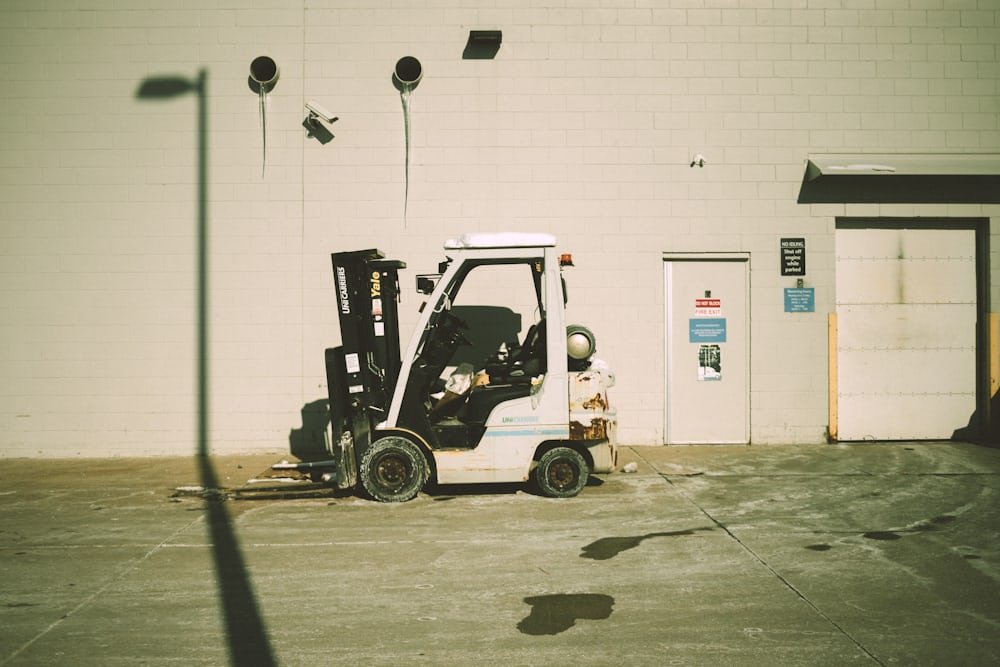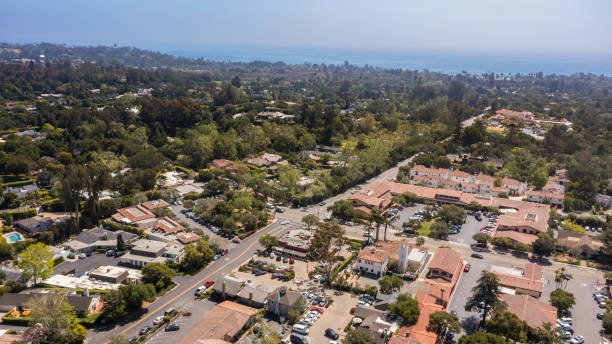The 1950s were a transformative period for industrial machinery, with major innovations reshaping how materials were lifted, transported, and managed. Among the most notable advancements in the material handling industry was the development of the telehandler forklift, an adaptable and powerful piece of equipment that combined the functions of a traditional forklift with the extended reach of a crane.
Britain played a significant role in the evolution of the telehandler during the 1950s, as industrial expansion and post-war reconstruction demanded more efficient ways to handle heavy materials. The emergence of the telehandler forklift in this decade marked a major leap in construction, agriculture, and warehousing industries. This article explores the origins, technological advancements, applications, and long-lasting impact of the British telehandler forklift from the 1950s.
Origins and Evolution of the Telehandler Forklift
The concept of the telehandler forklift can be traced back to traditional forklifts that were widely used in British industries during the early 20th century. However, the limitations of conventional forklifts, particularly their inability to reach high or extended distances, led engineers to develop a machine with greater lifting versatility.
The 1950s British telehandler forklift was designed to bridge this gap, integrating a telescopic boom with forklift capabilities. This allowed operators to lift loads not only vertically but also forward, making the machine more flexible and efficient in confined spaces.
During this decade, several British engineering firms took interest in modifying forklifts to meet the growing demands of construction and logistics. The increased use of hydraulics, counterweights, and advanced lifting mechanisms gave birth to the first generations of telehandlers, setting the foundation for modern telescopic handlers.
Key Features of 1950s British Telehandler Forklifts
1. Telescopic Boom Mechanism
One of the defining features of the 1950s telehandler forklift was its telescopic boom, which could extend outward and upward, allowing operators to place loads at greater distances. Unlike conventional forklifts that had a fixed vertical reach, the telehandler’s articulating arm enabled more complex loading and unloading tasks.
2. Hydraulic Lifting System
The incorporation of hydraulic lifting systems was another game-changer. Early forklifts relied on mechanical levers and pulleys, which were limited in their efficiency and ease of operation. However, the introduction of hydraulic cylinders and pumps in the 1950s allowed telehandlers to achieve greater lifting power with smoother control, making them more user-friendly and capable of handling heavier loads.
Versatile Attachments
Unlike traditional forklifts that were primarily designed for pallet lifting, 1950s telehandlers could be equipped with various attachments, such as:
- Forks for pallet handling
- Buckets for material scooping
- Hooks for lifting heavy loads
This versatility made telehandlers essential not just in warehouses but also in agriculture, construction, and logistics.
4. Increased Stability with Counterweights
Given the extended reach of the telehandler boom, stability was a critical concern. British manufacturers introduced rear counterweights and four-wheel drive configurations to prevent tipping over. Some models also featured outriggers, which provided additional stability when lifting at high elevations.
5. Compact Yet Robust Design
Despite their increased capabilities, early British telehandlers maintained a compact design, allowing them to navigate through narrow industrial spaces, construction sites, and farms. This was particularly useful in Britain, where urban warehouses and confined agricultural settings demanded machines that could maneuver efficiently.
Applications of the 1950s British Telehandler Forklift
The introduction of the telehandler forklift in the 1950s had a profound impact on multiple industries in Britain. These machines quickly became indispensable due to their superior lifting and reaching capabilities.
1. Construction Industry
The British construction sector was experiencing a post-war boom, with extensive rebuilding efforts following World War II. Telehandlers played a vital role in transporting heavy materials, such as bricks, cement bags, and steel beams, to elevated locations. Their ability to extend over obstacles and reach high structures made them highly effective on construction sites.
2. Agricultural Sector
British farms and agricultural businesses benefited greatly from telehandler forklifts. Farmers used them to:
- Lift and transport hay bales
- Load feed and grains into silos
- Clear out debris and manure
The versatility of attachments allowed farmers to switch between different tasks without needing multiple machines.
3. Warehousing and Logistics
The 1950s saw a rise in industrial warehousing and distribution centers across Britain. Traditional forklifts struggled with stacked goods that required access at different heights. Telehandlers solved this problem by reaching further into racking systems, increasing efficiency in loading and unloading goods.
4. Shipping and Dockyards
Ports and dockyards in Britain used telehandler forklifts to move heavy cargo from ships to storage facilities. Their reach and lifting power made them superior to conventional forklifts for handling large shipping containers and barrels.
Impact and Legacy of 1950s British Telehandlers
The innovations in telehandler forklift technology during the 1950s laid the groundwork for modern telehandlers seen today. The British advancements in hydraulic systems, telescopic booms, and multi-purpose attachments influenced global telehandler designs and became the foundation for future development.
Even today, many of the core principles from 1950s models remain relevant in contemporary telehandler designs. Modern telehandlers have evolved with computerized controls, increased lifting capacities, and enhanced safety features, but their fundamental purpose—versatile material handling with extended reach—remains unchanged.
Many vintage British telehandlers from the 1950s have become collector’s items, appreciated by industrial history enthusiasts and restoration specialists. Some of these machines, with proper maintenance, are still in working condition, a testament to the quality of British engineering during that era.
Conclusion
The 1950s British telehandler forklift was a revolutionary step in material handling, combining the strengths of a traditional forklift with the extended reach of a crane. Its telescopic boom, hydraulic lifting system, counterweighted stability, and multi-functional attachments made it an indispensable tool across industries like construction, agriculture, warehousing, and shipping.
With the growing demand for efficient and versatile lifting solutions, the innovations of the 1950s set the stage for the modern telehandler industry. The British contribution to this technological evolution remains highly influential, ensuring that these machines continue to play a critical role in material handling worldwide.









